After 4 years of hard work, frustration, struggle, passion and dedication, the 11 354ha Kep MFMA was nationally proclaimed in April 2018. This was a huge step forward for the protection of the Kep Archipelago, and for Cambodia.
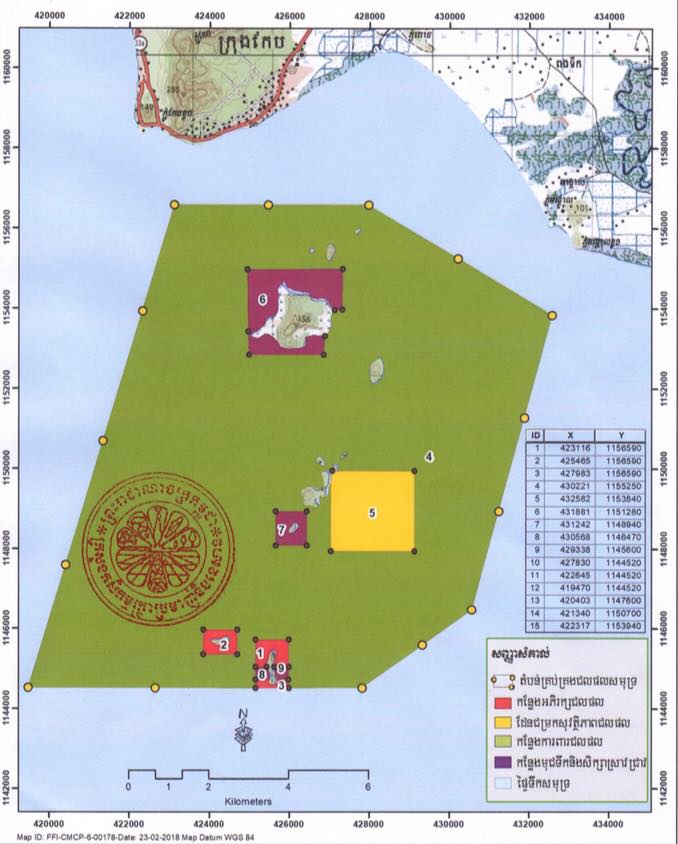

After 4 years of hard work, frustration, struggle, passion and dedication, the 11 354ha Kep MFMA was nationally proclaimed in April 2018. This was a huge step forward for the protection of the Kep Archipelago, and for Cambodia.


What is Plastic Pollution?
Plastic Pollution is the contamination of the environment by plastics. Plastics are synthetic organic materials produced by polymerisation. Worldwide plastic production has increased from 1.5 million tonnes a year in 1950 to 322 million tonnes a year in 2015. Due to rapid urbanisation and economic development in a market driven by consumerism and convenience, along with the relatively low price of plastic materials, there has been a rapid increase in the generation of waste plastics all over the world. This is a major environmental concern for three main reasons: dependence on fossil fuels, solid waste clogging up ecosystems and microplastics.
What are plastics?
One of the main characteristics of plastics is the fact that they come in many different shapes, colours, sizes and, most importantly, chemical compositions. This is a major problem when it comes to recycling, as the wrong type of plastic can contaminate recycling streams and not all types are recyclable.
Thanks to legislation, most plastics products are now labelled with symbols representing their chemical composition. This can help sort them in to different categories, applications and properties.

Why Plastics are a problem ?
At the moment, over 95% of plastics are produced from fossil fuels. Around 4 percent of oil consumed worldwide is used to make plastic, with another 4 percent being used in the manufacturing process. One of the leading contributors to climate change and habitat destruction around the world is the dependence on fossil fuels.
Plastics do not biodegrade: they do not decompose naturally in the environment. Plastic waste is either put in landfill where it can contaminate groundwater by leaching harmful chemicals, incinerated which releases toxic chemicals into the atmosphere (Dioxins, Furans, Mercury and Polychlorinated Biphenyls), or littered. Because of plastic’s lightweight and durable nature, it is very likely to be swept into waterways, making its way from cities to the sea. Plastics reduce the productivity of natural systems such as the ocean.
Some scary stats:
• The equivalent of one garbage truck of plastic waste is dumped into the ocean every minute
• If no action is taken, this is expected to increase to two per minute by 2030 and four per minute by 2050
• In a business-as-usual scenario, the ocean is expected to contain 1 tonne of plastic for every 3 tonnes of fish by 2025, and by 2050, more plastics than fish (by weight)
• 100,000 marine mammals die each year from plastic pollution
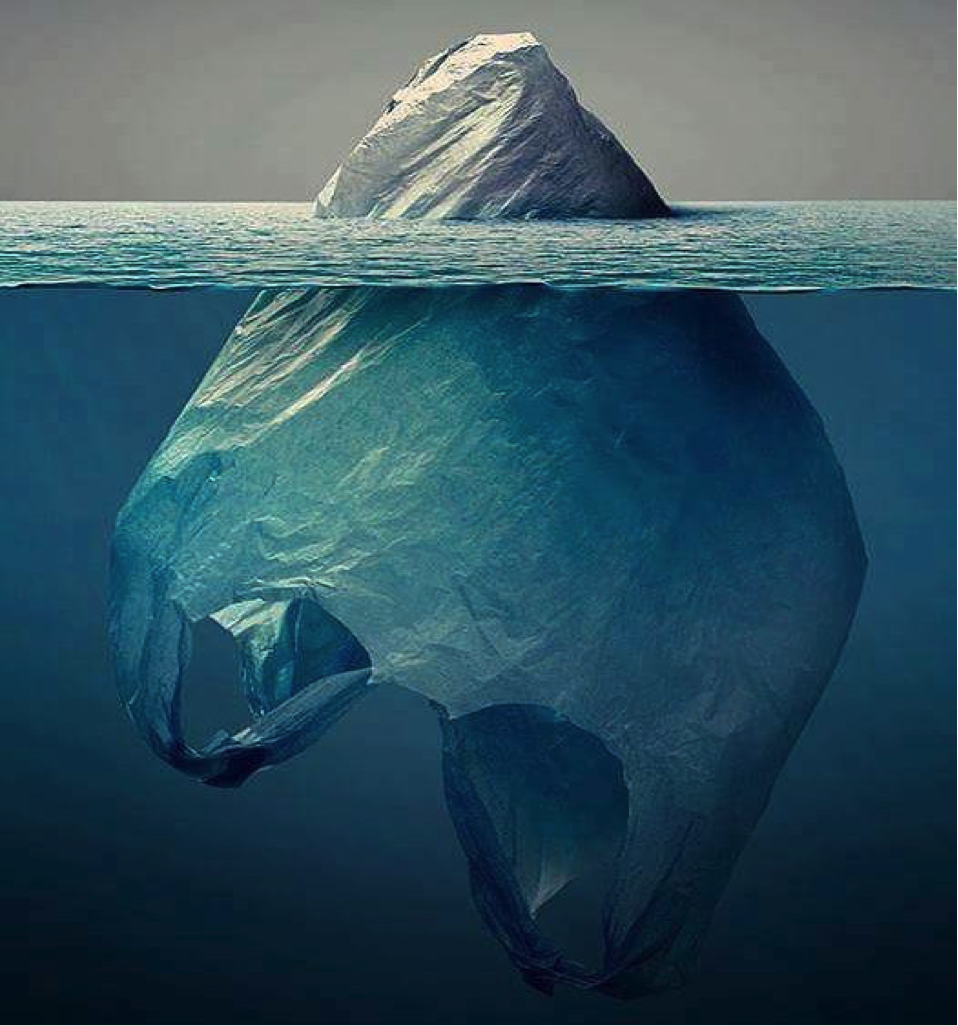
Microplastics
In marine environments, the combined effects of UV radiation, chemical degradation, wave mechanics and grazing by marine life weakens plastics, causing them to fragment into increasingly smaller pieces known as microplastics. Microplastics can be found everywhere: from sea surface to the sea-floor, in deep-sea sediments and even in Arctic sea ice. They create a smog of debris in seawater and are mistaken for food by plankton, birds, fish and other marine animals. They have even been found in table salt, and the average shellfish consumer ingests 11,0000 microplastic particles a year. Microplastics soak up chemical additives and endocrine disruptors, and act as vectors for pathogenic bacteria. The complexity of estimating toxicity means potential risks to human health not yet known. Given the presence of heavy metals and other concerning chemicals, it is however wise to limit the entry of plastic into the food chain.
The fact that microplastics absorb endorcine disruptors means that when ingested, they can affect correct hormone function. Hormones in the human body regulate digestion, metabolism, respiration, tissue function, sensory perception, sleep, excretion, lactation, stress, growth and development, movement, reproduction, and mood.
Microfibres
Microfibre pollution is an example of how little we know about the extent of the plastic problem. Microfibres are microscopic fibres released into waste water systems by washing machines when we wash our clothes. They originate from a wide variety of synthetic textiles (such as nylon, polyester, rayon, acrylic or spandex)—everything from running shorts to yoga pants to fleece jackets and more—which shows the need for engagement on this issue by the entire apparel industry and through all steps in the product life cycle.
Garments of a higher quality shed less in the wash than low-quality synthetic products, illustrating the importance for manufacturers and consumers alike to invest in gear built to last.
Where do plastics come from?
Plastics have many necessary and positive applications, such as food preservation, medical uses, and infrastructure. Most plastic waste does however not fall into this category. Almost 50% of all plastic waste is made up of ‘disposable’ single use-packaging. This is completely unnecessary: how can you call it disposable if it never goes away?
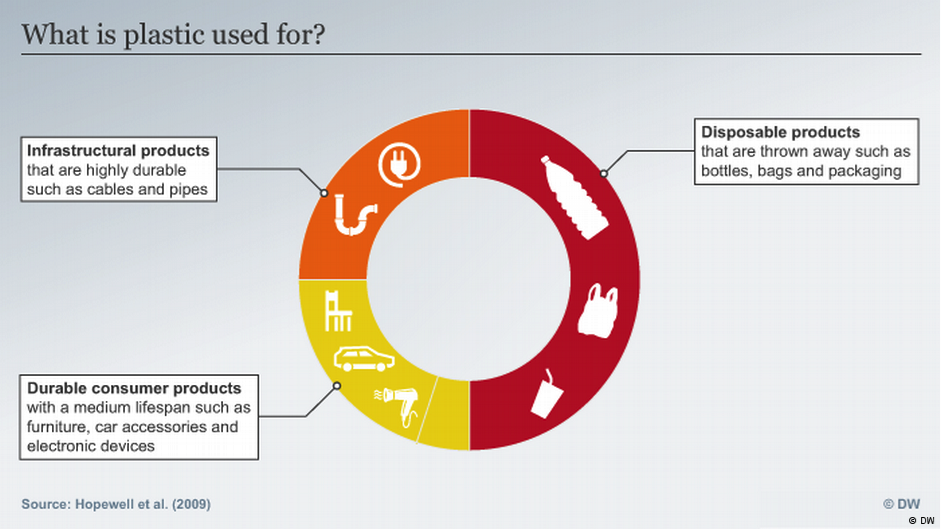
Some of the usual suspects include: cosmetics bottles and microbeads in exfoliant soap, bags, straws, bottles, cutlery, cups, wrappers, and take-away containers.
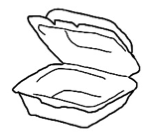
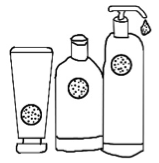


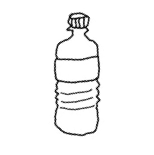
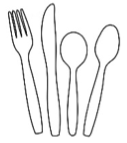

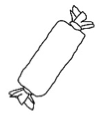
Although all this plastic is not designed or produced in Asia, 82% of leakage into the ocean occurs in Asia. This could be because of lack of infrastructure, waste management and recycling plants. Another reason for this is the extensive coastlines in this part of the world. Let’s not forget either that 87% of Europe’s ‘recycling’ gets sent to China. This increases the risk of spillage during transportation, and there is insufficient understanding of what happens to the waste plastics once they arrive in China, which raises concerns about the implications on local and global health and environment.
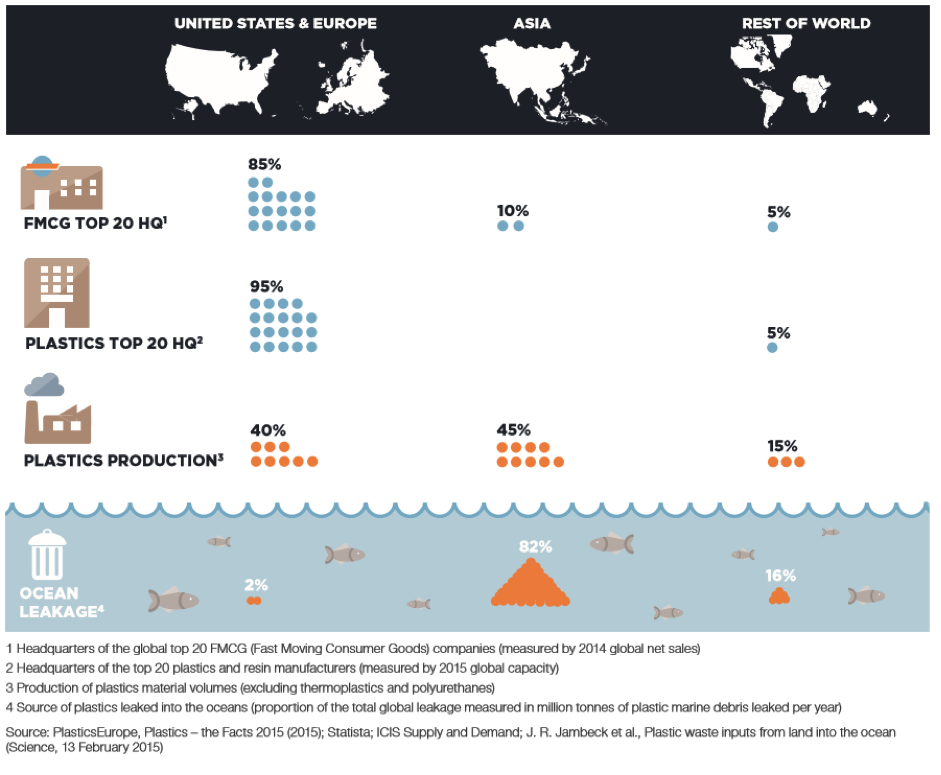
The Mekong river has been identified as one of the main rivers worldwide contributing to ocean plastics. This highlights the importance of implementing change in this part of the world. Changing behaviours through education, improving waste collection infrasctructures and introducing new legislation in Asia will prevent vast amounts of plastic waste from reaching the ocean.
What can we do?
• Demand stricter regulations
If enough of us make our governmental representatives realise how much we care about this issue, policy makers can influence producers and instigate widespread, far-reaching positive change. Signing petitions and staying informed is important.
• Spread awareness
Talking about the issue to friends and family, at work or at school, can help spread awareness.
• Change behaviours
It is important for every individual to adopt new habits such as always carrying a reusable bottle, bag, and straw.
• Avoid single-use plastics
We can all help by avoiding single-use plastic in our day to day life. At the supermarket, choose products not wrapped in plastic.
• Organise clean-ups
Leading by example and cleaning up your own local neighbourhood, beach or riverside can have a ripple effect on the community. By normalising the beahaviour of caring for the place we live in, others will start to do the same.
What’s stopping personal change?
Psychological barriers to sustainable consumption
• ‘Choices’ in consumption are in fact habitual behaviours
• Consequences of consumption choices hard to see
• Sustainable consumption may not seem personally relevant
• Behaviour strongly influenced by social groups
• Hard to follow through on sustainable choices
What is MCC doing?
MCC
Non-profit organisations and grassroots campaigns can engage communities and influence policy makers.
Mass communication should not be limited to major high technology and professionalism. An example of alternative mass communication is street art. Street art here incorporates murals, posters, graffiti, placards, banners and stickers employed by collectives as a communication device for persuading and informing. Human emotions and political views can be shaped and moved by street art, which has a long political social history.
Therefore, MCC is working on a mural project in Kep, which will be accompanied by the dissemination of informative posters and at events relevant to the sea.
On the island of Koh Seh, arts and crafts with plastic from beach cleans are a creative and functional alternative to the incineration of them. we run daily clean ups around our island and organise large joint clean ups on Kep Mainland beaches.
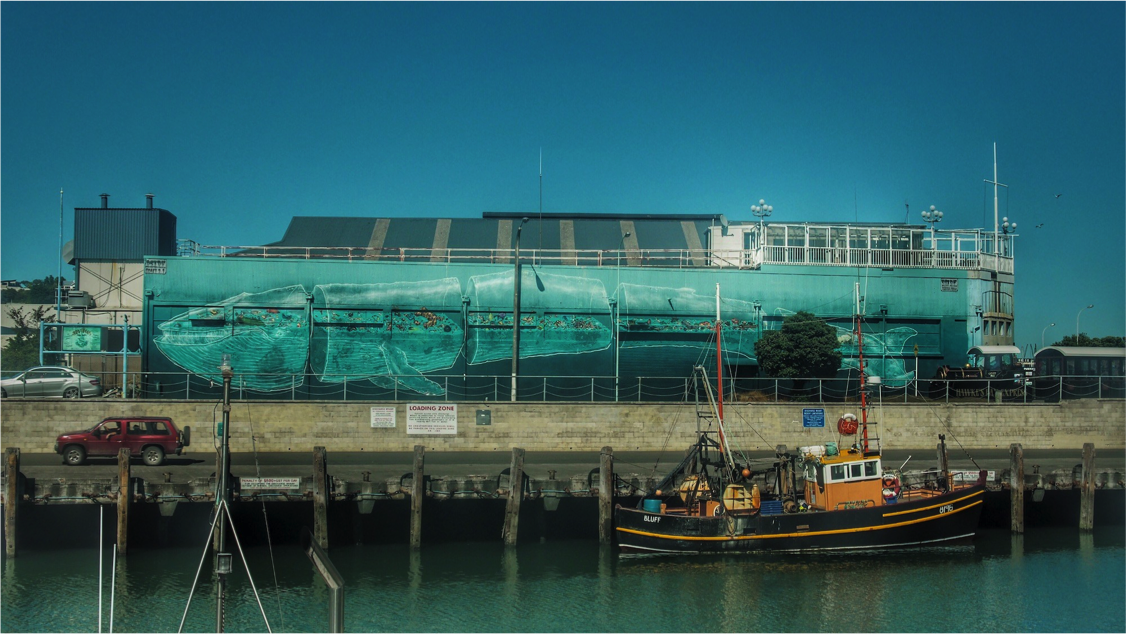

 Since 2008 we have been campaigning against the unsustainable and destructive bottom trawling in the shallow waters of Cambodia, that continues to devastate Cambodia’s Marine Resources , According to Cambodian Fisheries Law Bottom Trawling is outlawed in all marine inshore areas, that means any areas shallower than 20m from the high tide line, this can be found in the revised 2006 Fisheries Law, under article 49, and Inshore areas are classified under article 11 as seen below.
Since 2008 we have been campaigning against the unsustainable and destructive bottom trawling in the shallow waters of Cambodia, that continues to devastate Cambodia’s Marine Resources , According to Cambodian Fisheries Law Bottom Trawling is outlawed in all marine inshore areas, that means any areas shallower than 20m from the high tide line, this can be found in the revised 2006 Fisheries Law, under article 49, and Inshore areas are classified under article 11 as seen below.
Article 49.
Trawling in the inshore fishing areas shall be forbidden, except for the permission from the Minister of Agriculture, Forestry and Fisheries at the request of the Fisheries Administration to conduct scientific and technical researches.
Article 11.
The Marine Fishery Domain refers to marine water or brackish water that extends from the coastline at the highest high tide of the coastal lines to the outer limits of the Exclusive Economic Zone of the Kingdom of Cambodia. The Marine fishery domain is divided into: -Inshore fishing area, which extends from the coastline at higher high tide to the 20 meter deep line. – Offshore fishing area, which extends from the 20 meter deep line to the outer limits of the Exclusive Economic Zone of the Kingdom of Cambodia.
 After Moving to Kep we also found that the trawlers here not only Trawl in areas Shallower than 20m, but that Kep’s Waters (home to some of the largest Seagrass beds in SE Asia) are no deeper than 10m anywhere within the provincial waters. Now before you start thinking how awful the government or the authorities are for allowing this, you must first understand that until Thursday the 3rd of December 2015 Kep only had 4 officers and no patrol boat to tackle this issue, they had to rely on Kampot to send its boats and officers, which could take anything from 1-3hrs to arrive. When Kampot would run fisheries patrols a network of informants would inform the illegal fisheries and they would have time to head in and cease their activities leading to the conclusion that Kep had very little illegal fishing, but it was quite the opposite, infact it is well organised and has been run almost under cover for the past 10 years. Only because we are out there on the water everyday and every night, has it become clear to the extent of the problem and the damage it is causing. Our work and that of the previous volunteers has led not only to the creation of Keps own Fisheries office but also to provincial support on a major crackdown on illegal fishing.
After Moving to Kep we also found that the trawlers here not only Trawl in areas Shallower than 20m, but that Kep’s Waters (home to some of the largest Seagrass beds in SE Asia) are no deeper than 10m anywhere within the provincial waters. Now before you start thinking how awful the government or the authorities are for allowing this, you must first understand that until Thursday the 3rd of December 2015 Kep only had 4 officers and no patrol boat to tackle this issue, they had to rely on Kampot to send its boats and officers, which could take anything from 1-3hrs to arrive. When Kampot would run fisheries patrols a network of informants would inform the illegal fisheries and they would have time to head in and cease their activities leading to the conclusion that Kep had very little illegal fishing, but it was quite the opposite, infact it is well organised and has been run almost under cover for the past 10 years. Only because we are out there on the water everyday and every night, has it become clear to the extent of the problem and the damage it is causing. Our work and that of the previous volunteers has led not only to the creation of Keps own Fisheries office but also to provincial support on a major crackdown on illegal fishing.
 With that in mind, add to the fact that many of the Illegal trawlers are also using a system of electric that passes up to 1000 volts through the net to the sea floor, electrocuting everything within a few meter radius of the electric current.
With that in mind, add to the fact that many of the Illegal trawlers are also using a system of electric that passes up to 1000 volts through the net to the sea floor, electrocuting everything within a few meter radius of the electric current.
Electric is also outlawed in Cambodia under Article 98. As a class 1 offence it carries the highest penalty of any fisheries offence.
Article 98
Shall be penalized under the fishery offences class 1 by imprisoning from three to five years and all evidence shall be confiscated for state property or destroyed and terminated of all agreement, licenses for any person who commits one of the following offenses:
4. Fishing with electrocuted fishing gears, explosive and all kinds of poisonous substances in the fishery domains.
 They also then trawl straight through Kep’s Seagrass Beds ripping up vital habitat and taking with them any living creature bigger than 1cm, Trawing through Seagrass is also outlawed under Article 52.
They also then trawl straight through Kep’s Seagrass Beds ripping up vital habitat and taking with them any living creature bigger than 1cm, Trawing through Seagrass is also outlawed under Article 52.
Article 52. shall be prohibited:
1. Fishing or any form of exploitation which damages or disturbs the growth of sea grass or coral reef.
2. Collecting, buying, selling, transporting and stocking of corals.
3. Making port calls and anchoring in a coral reef area.
4. Destroying sea grass or coral by other activities.
The Fisheries Administration is desperately trying to tackle this issue, but even now with slightly more than their original limited resources and manpower it is a very very difficult job, Thats were we come in, Marine Conservation Cambodia and our volunteers patrol the ocean within Kep Provincial Waters and report all offences back to the fisheries department, after taking photos and video, and often chasing the trawlers out of the most sensitive areas. We also often have fisheries officers stationed at our project base, who together with our team can directly arrest illegal fishers and confiscate their illegal equipment before they have time to escape with their haul.
You can check out some of the pictures from the patrols here, and read some of the blog posts from previous volunteers here
We have also gained a lot of media attention and you can see some of the recent articles from 2015 below
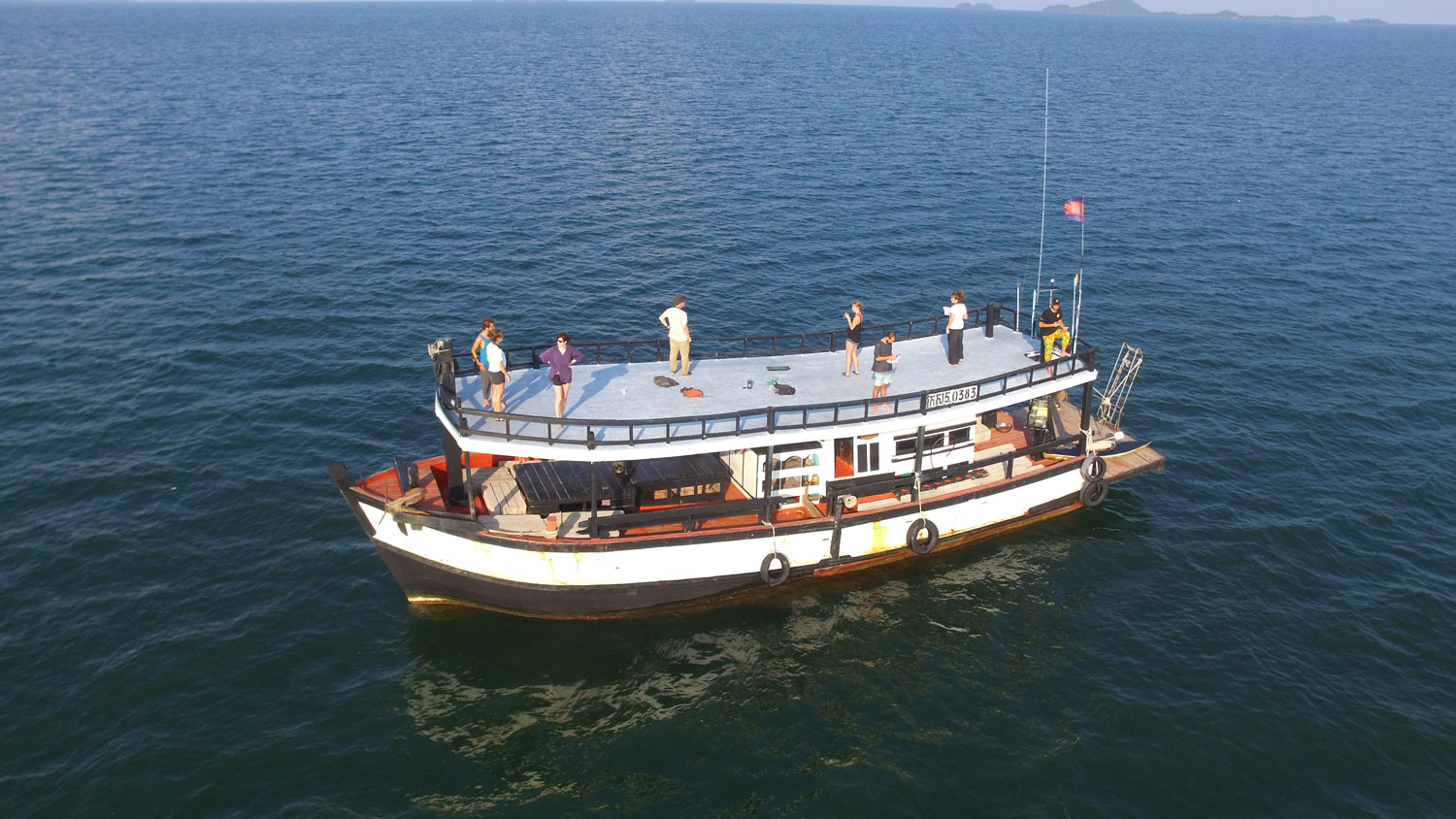
We started small, but as the time has gone on we have managed to move on from patrolling and diving from small rented boats to our very own fleet, we call them the small, medium or large boat, or refer to them by the captains name such as Phon’s Boat. Each vessel is fully registered and well maintained as they are needed for patrolling, diving and our supply and pick up runs to the mainland.

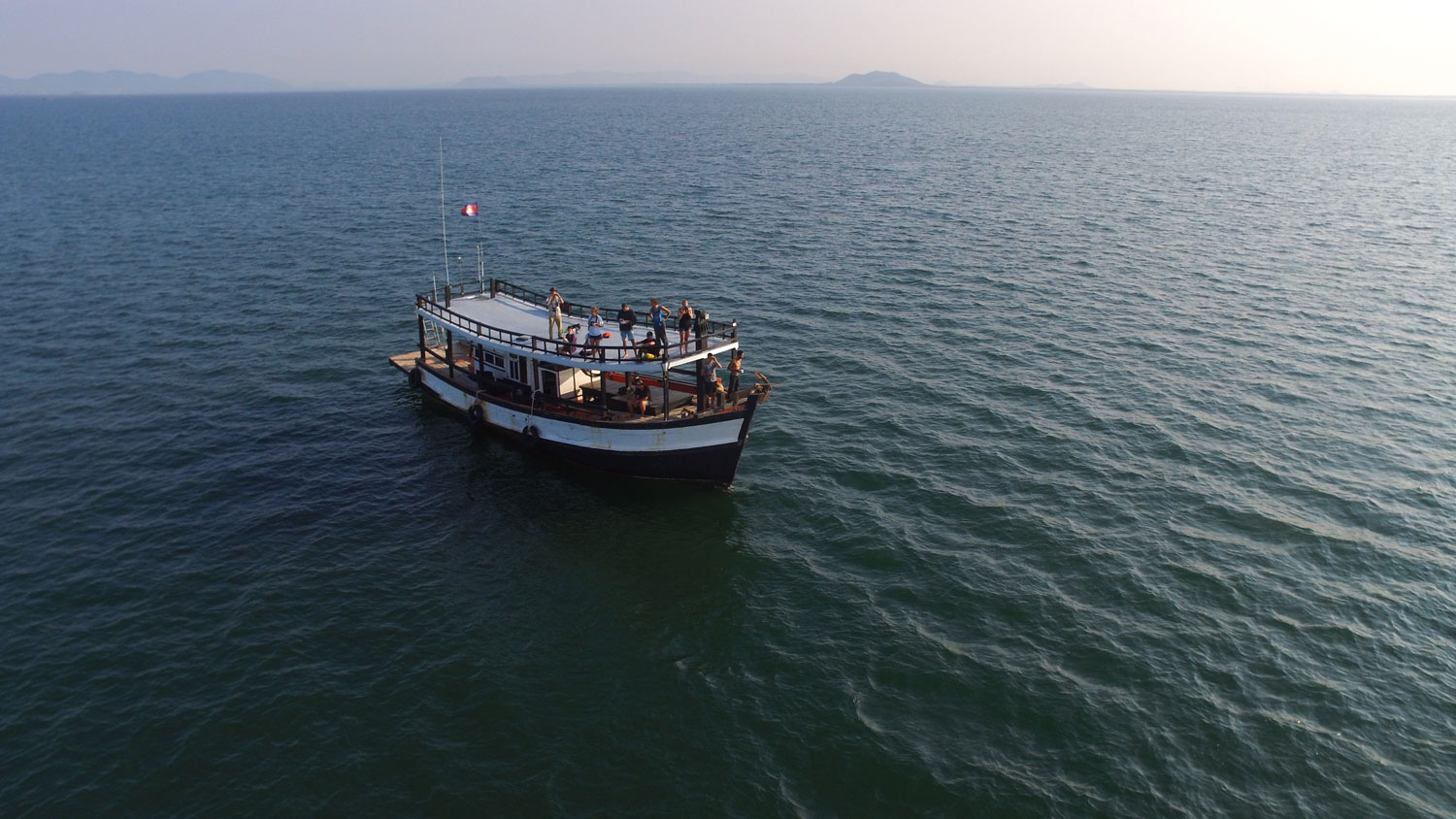
The largest boat is 20mx5m and is the jewel of our fleet,
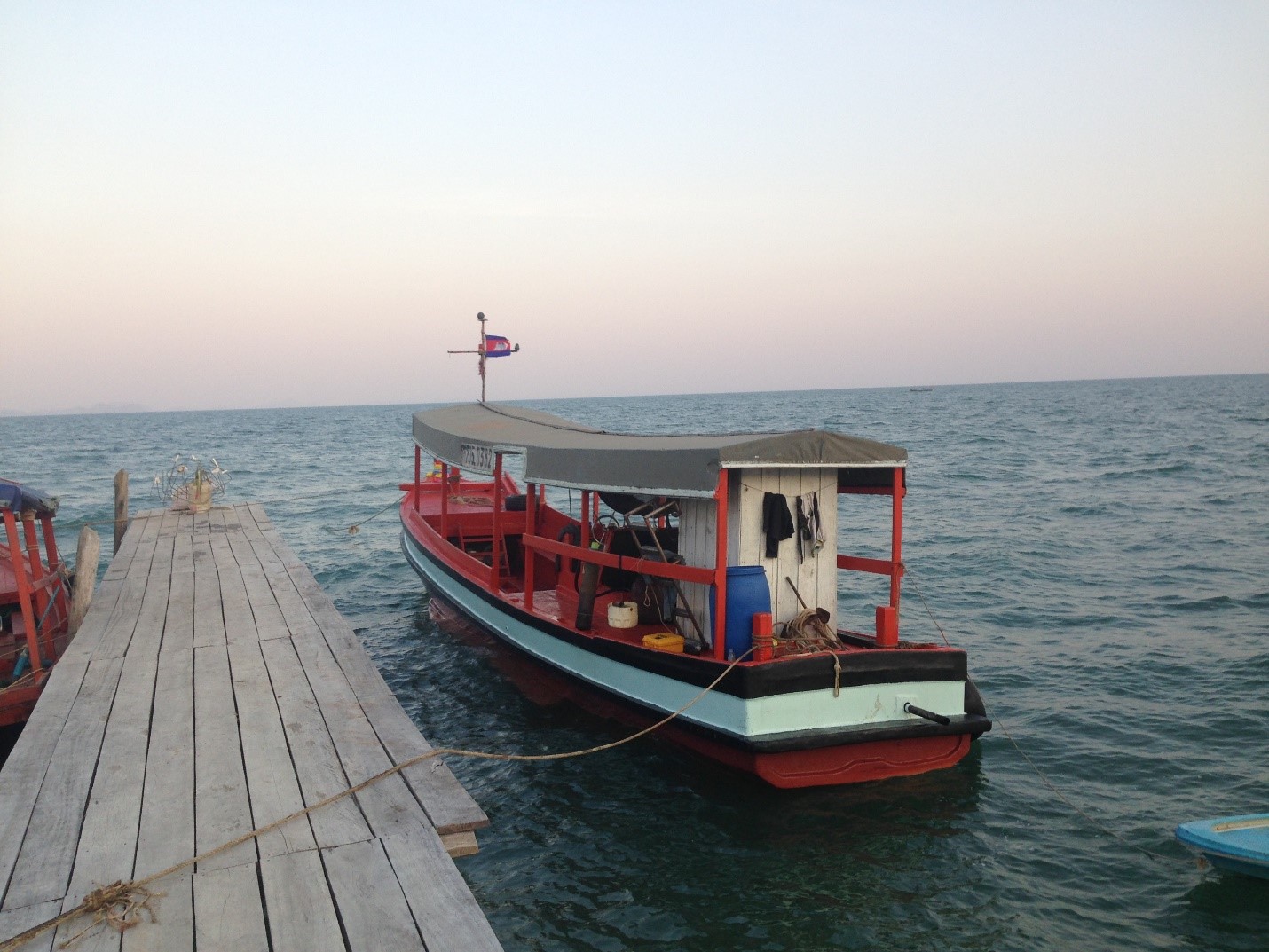
Next is the medium boat around 14mx3m and the most used of our boats,
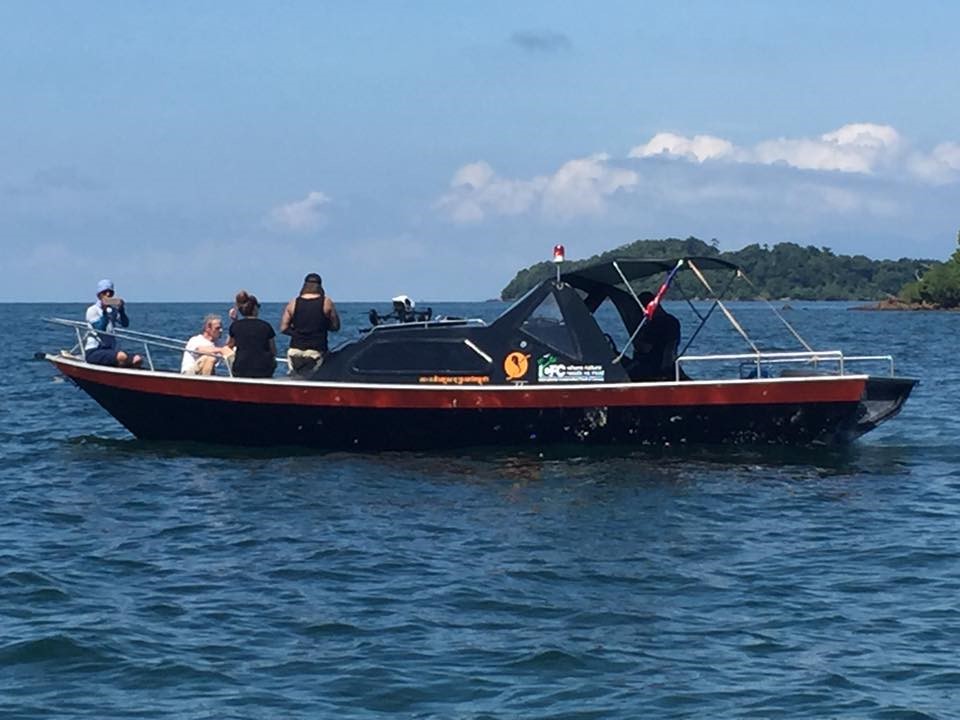
The Speed boat was donated by ICFC and is our fast response patrol boat and also there in case of any emergencies. We recently acquired a brand new 250hp Suzuki four stroke engine.
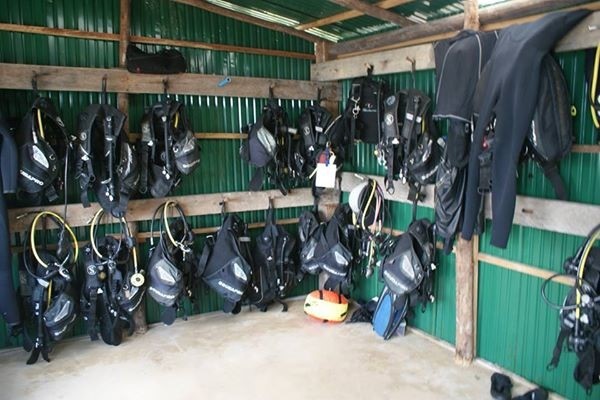
Our marine research is very important so our scuba diving equipment is kept well maintained and there is a good selection of sizes, we all love to dive so everyone takes a hand in making sure the dive shed is looked after, for refills we run two large Bauer air compressors each of which is serviced yearly and has regular filter and oil changes. We all dive so we want our air to be tasting and smelling good.
Koh Ach Seh Island is located in the southern part of Kep Province. The little town of Kep is the closest populated area to the island. By boat it takes roughly 1 hour to reach Koh Seh from the Pier in Kep, but that can change depending on weather and sea conditions. The Cambodian forces used Koh Seh as an outpost during the war with Vietnam. It is the furthest island from the mainland, in the area, and the closest island to Vietnam. The island is uninhabited except for a small marine police station and of course Marine Conservation Cambodia. A lush tropical paradise, the island is full of fruit tress, which were planted as a food source by the Cambodian forces, and scattered with old military bunkers as well. The MCC base is located in a small but protective cove offering us shelter form the weather especially during rainy season. The little bay also contains our home reef, which provides the MCC team with a beautiful reef to explore and survey without needing to take a boat ride. It is a shallow reef, but given it is close to shore it offers calm waters making for enjoyable safe diving conditions. These conditions are also extremely helpful in training new divers and collecting crucial data from surveys. The island has many walking trails allowing for beautiful nature hikes or a walk up the hill to catch a sunset. Koh Seh is a small island only taking a little over an hour to walk around depending on the tides.
Besides being responsible for the management and protection of Koh She, Marine Conservation Cambodia is also responsible for 13 other island reefs in the area. Along with these 13 other reefs MCC maintains roughly 3000ht of seagrass beds within Kep Province. These costal waters in Kep Province are home to a vast diversity of marine life. Dolphins, turtles, sea horses, crabs, and countless other species can be found in these waters, making it a beautiful place to call home.
The town of Kep is roughly a 3-hour drive from Phnom Penh; roughly 2 hours form Sihanoukville, and roughly 30 minutes from Kampot. There are multiple ways to get to Kep including private taxi, bus, or Tuktuk. It is an extremely friendly, safe, peaceful, and relaxed area of Cambodia. On the weekends you will find many locals from Phnom Penh coming to Kep in order to escape the hustle of the city. There is a small but beautiful beach in Kep, along with restaurants, and accommodations. A few stores and markets litter the streets making Kep a great place to stroll around and take in the culture. There is very limited shopping and almost zero nightlife in Kep, but that just adds to the relaxing sleepy feel of the town. With a beautiful national park only minutes away or the bustling crab market, there is plenty to explore.
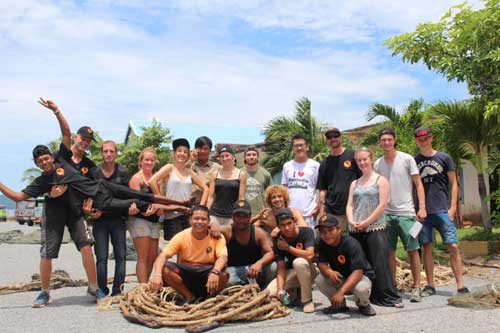
 Who we are is a fairly simple question to answer. Marine Conservation Cambodia’s volunteer and internship program came to be simply out of necessity. The rate in which the Cambodian waters and local fishing communities were being destroyed was unprecedented. It was not inconceivable that the fishing industry and livelihood of the fisherman would have vanished in 10 years. If this had happened it would have been more than a loss of income for these families. It would also have been the loss of a significant and fundamental part of their culture, potentially forever.
Who we are is a fairly simple question to answer. Marine Conservation Cambodia’s volunteer and internship program came to be simply out of necessity. The rate in which the Cambodian waters and local fishing communities were being destroyed was unprecedented. It was not inconceivable that the fishing industry and livelihood of the fisherman would have vanished in 10 years. If this had happened it would have been more than a loss of income for these families. It would also have been the loss of a significant and fundamental part of their culture, potentially forever.
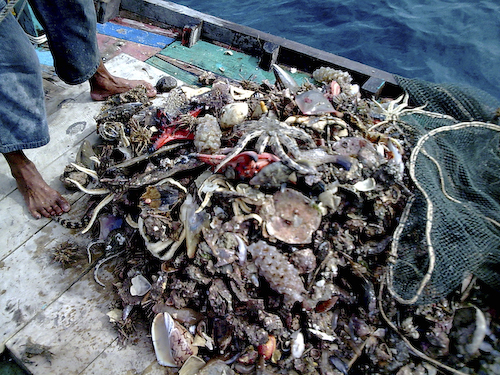 The practices used for fishing were getting ever more destructive as fish stocks plummeted and the demand for sea products increased. From dynamite fishing, cyanide fishing, electric fishing, to the massive trawling nets that destroy everything without discretion. All aspects of the sea were being decimated, the dynamite and cyanide destroying and poisoning the reefs, the electric fishing killing every fish, invertebrate, or living organism they pass over regardless of the sex, size, or species, and the massive trawling nets that uproot the sea grass, break the reefs and basically kill everything they come in contact with. It simply needed to be stopped.
The practices used for fishing were getting ever more destructive as fish stocks plummeted and the demand for sea products increased. From dynamite fishing, cyanide fishing, electric fishing, to the massive trawling nets that destroy everything without discretion. All aspects of the sea were being decimated, the dynamite and cyanide destroying and poisoning the reefs, the electric fishing killing every fish, invertebrate, or living organism they pass over regardless of the sex, size, or species, and the massive trawling nets that uproot the sea grass, break the reefs and basically kill everything they come in contact with. It simply needed to be stopped.
The country of Cambodia has had a very rough and hard history making their transition into what the country is today a very difficult one. Many aspects regarding the environment were simply overlooked. This wasn’t because Cambodia did not care; they simply had other more important pressing priorities to deal with. Mainly the welfare of their people for starters because what good is protecting the environment if you don’t have a population to enjoy it?
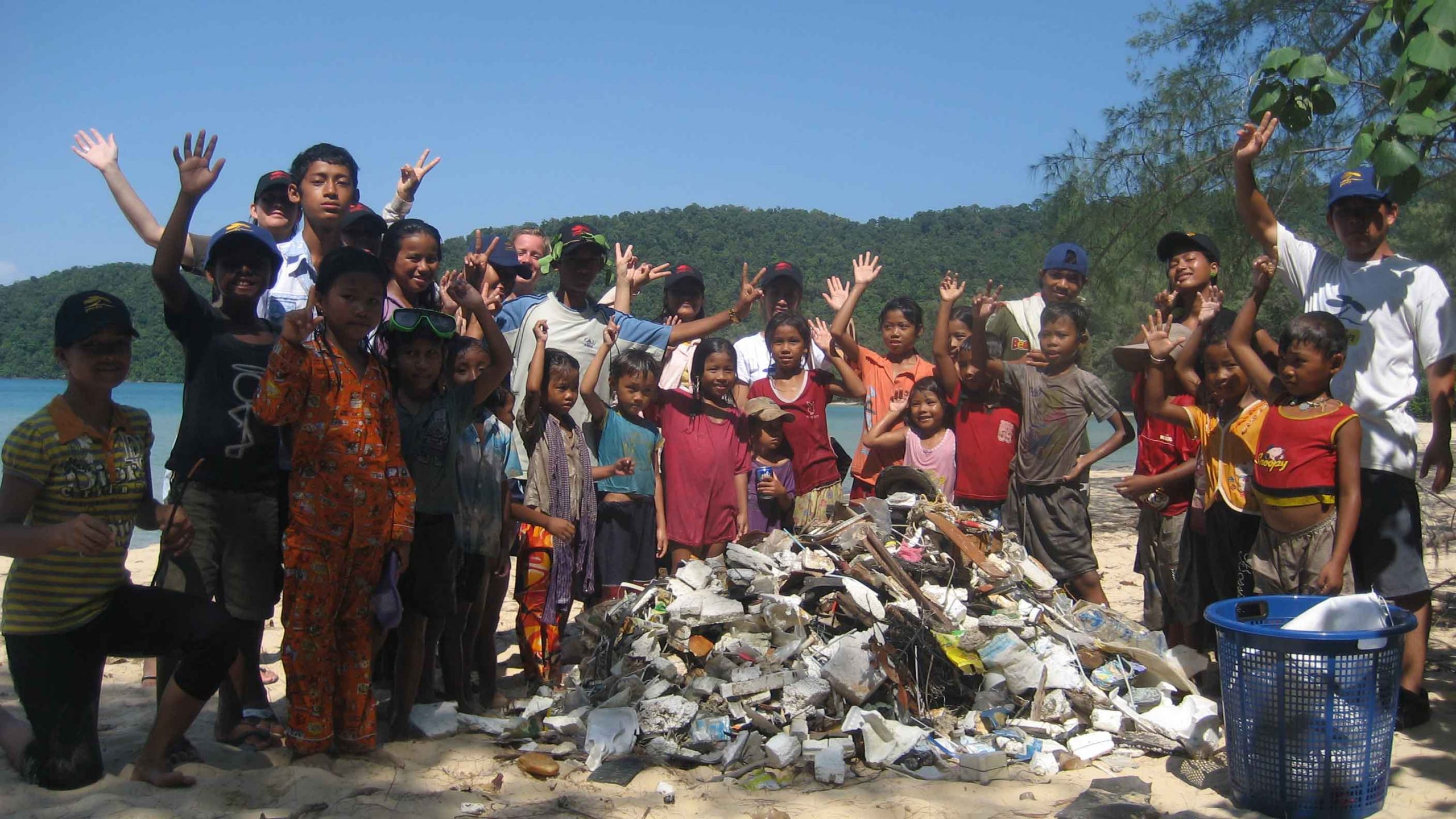 Marine Conservation Cambodia saw the country needed help and decided to step in. At first it was a difficult process, as foreigners coming in trying to change things was not looked highly upon. Making sure that volunteers and interns understood about Cambodian culture and had an understanding of how to interact in a developing country was not an easy task. Also the fishing industry is big money in many Asian countries, so some important people would be facing a serious loss of income. Rumors spread that MCC was here to stop fishing all together and groups were formed to chase MCC out of the country. After years of hard work, playing the political game, and simply letting our actions speak for themselves, quite quickly the local communities realized we were here to help. As time went on the Cambodian government also realized our goal was not to end fishing, but to achieve a sustainable and also a responsible way of fishing whilst supporting local communities and help to increase Cambodia’s marine resources.
Marine Conservation Cambodia saw the country needed help and decided to step in. At first it was a difficult process, as foreigners coming in trying to change things was not looked highly upon. Making sure that volunteers and interns understood about Cambodian culture and had an understanding of how to interact in a developing country was not an easy task. Also the fishing industry is big money in many Asian countries, so some important people would be facing a serious loss of income. Rumors spread that MCC was here to stop fishing all together and groups were formed to chase MCC out of the country. After years of hard work, playing the political game, and simply letting our actions speak for themselves, quite quickly the local communities realized we were here to help. As time went on the Cambodian government also realized our goal was not to end fishing, but to achieve a sustainable and also a responsible way of fishing whilst supporting local communities and help to increase Cambodia’s marine resources.
Marine Conservation Cambodia and the volunteers that have joined us along the way, have made a huge impact in protecting Cambodian waters but many of these destructive practices are still happening. Another threat to Cambodian waters is an influx of foreign fishing boats illegally entering Cambodian waters to fish, as some neighboring waters are almost completely fished out. The Cambodian government simply does not have the resources to stop this, Our work at Marine Conservation Cambodia and the work of our volunteers and interns continues and we are here to make that big difference that is so desperately needed.
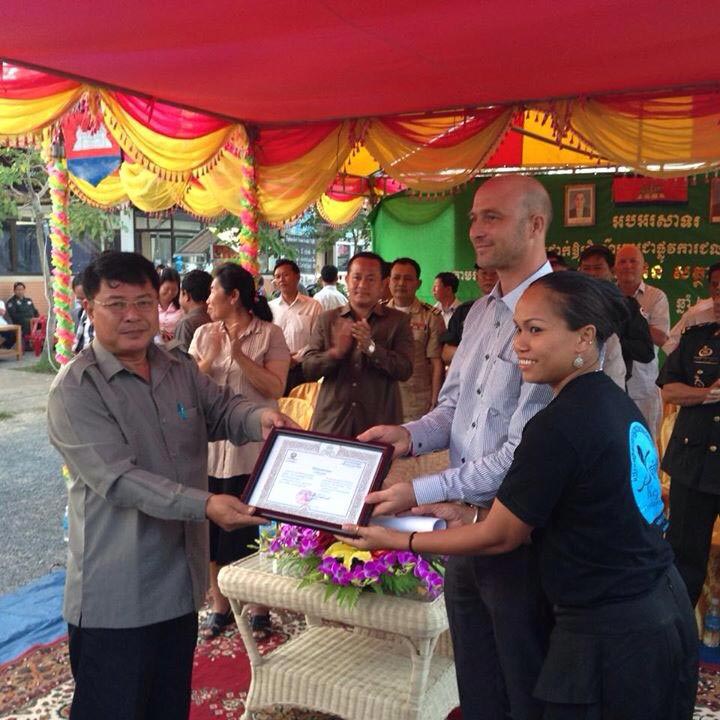 After the successes in creating and protecting Cambodia’s First Large Marine fisheries management area around the Koh Rong Archipelago, We were invited by the Royal Government of Cambodia to begin our work again in Kep province. After the initial marine research reports were produced by our Marine Scientists, volunteers and interns, they were accepted by the National Fisheries Administration and Kep’s provincial government leading to the approval of Keps first MFMA (Marine Fisheries Management Area) being created. This new MFMA around the Kep Archipelago is already seeing the return of many species that had disappeared from the area. We are seeing reefs begin to grow again in a healthy way. Sea grass is re-growing offering important shelter to crabs and other marine organisms, and seahorses are also starting to make a slow comeback. Seeing this is the greatest reward MCC, and everyone of our volunteers and interns can receive. Millions of dollars would not even come close to the satisfaction MCC feels knowing what we are doing is truly making a difference for the beautiful country of Cambodia.
After the successes in creating and protecting Cambodia’s First Large Marine fisheries management area around the Koh Rong Archipelago, We were invited by the Royal Government of Cambodia to begin our work again in Kep province. After the initial marine research reports were produced by our Marine Scientists, volunteers and interns, they were accepted by the National Fisheries Administration and Kep’s provincial government leading to the approval of Keps first MFMA (Marine Fisheries Management Area) being created. This new MFMA around the Kep Archipelago is already seeing the return of many species that had disappeared from the area. We are seeing reefs begin to grow again in a healthy way. Sea grass is re-growing offering important shelter to crabs and other marine organisms, and seahorses are also starting to make a slow comeback. Seeing this is the greatest reward MCC, and everyone of our volunteers and interns can receive. Millions of dollars would not even come close to the satisfaction MCC feels knowing what we are doing is truly making a difference for the beautiful country of Cambodia.
Have a look through our website and if volunteering or taking an academic internship with MCC is of interest to you do not hesitate to contact us. We will be more then happy to answer any question you have. One person started MCC, so it is simple proof one volunteer can make a difference!
Marine Conservation is of December 2015 officially a National Cambodian NGO,
In the below description you can see what we have been for the past 8 years before being awarded with NGO Status by the Cambodian Government for our hard work, commitment and marine conservation efforts. We are hoping to continue on as we always have creating our own funding, but now with this recent change we can also look at financing some of the more expensive projects through donors and funding options.
We are often asked if Marine Conservation Cambodia is an NGO, a Business, or Charity? It is actually an extremely important question because each one can have a different meaning regarding the activities we are able to do, projects we are allowed to participate in, and most importantly types of funding we are able to receive. It is also not an easy question to answer, but hopefully we can clarify exactly what Marine Conservation Cambodia is.
Marine Conservation Cambodia’s Volunteer and Internship Project is what we like to refer to as a hybrid business organization. At first concept MCC was to become an NGO, but due to lack of financial backing from donors, we were forced to develop a new business model. The needs for urgent marine conservation in the Cambodian waters and the demand for help from the communities around Kep put pressure on us to help the area we now lovingly call home.
The idea of calling MCC a business was a little scary as most businesses are profit driven. MCC was not concerned with profit in any way, but wanted to make an immediate impact on what was threatening this area of Cambodia, so a non-profit business completely sustained by tourism was the new idea. Simply put MCC is a not for profit business that is completely funded by our volunteers. We are not an NGO and do not receive any funding from donors. We are not a charity and do not receive any funding from governments or donations or receive any of the added benefits that come with either of these designations. That being said as a non-profit we have a certain flexibility an NGO or Charity just wouldn’t be able to have.
We had to work twice as hard as a standard business would have, to create Marine Conservation Cambodia. The business model needed to achieve funding while at the same time we needed to implement volunteer based conservation and community projects along with the strategies on how to deal with immediate threats to the area. Basically we needed to operate as an NGO, but not actually be an NGO.
This might sound like a strange concept for a business, but it is the fundamental backbone of a sustainable tourism based business. To focus on benefiting the local communities and conservation above and beyond anything else. The success and achievements of our current project prove beyond any doubt that sustainable tourism style businesses can be implemented in costal Cambodia.
It is easy for some people to say we make money off conservation and volunteering. To be completely honest this is a true statement, but that being said there is a big difference between making money and turning a profit. Every dollar MCC receives from our volunteers and internship fees is used to sustain the conservation and research efforts. It supports the wages of our local Cambodian staff, provides food, accommodation, resources for our volunteers, and is also given back to the local communities in various forms. It is a simple win win situation.
You only need to speak with the local communities surrounding us, the relevant authorities or organizations we have assisted over the years to grasp the full concept of a sustainable volunteer and intern based non-profit business. We hope our business model highlights the benefits that can be achieved if more businesses adopted a holistic approach and gave back to the country who’s resources they’ve profited from.
When researching your volunteer or internship placement please be aware that a large majority of worldwide voluntourism organisations and volunteer based NGO’s often receive government funding or funding from donors. They make huge profits that are used to pay their executives and directors high salaries, with very little if any money going back into the countries they operate in.
Our project is only made possible by volunteers and Interns, which is why we are accountable only to our volunteers and interns. Any profits made by MCC are reinvested back into the conservation project, invested into the communities, or used to sustain MCC during slow periods where volunteer numbers are down. To simply close up shop during these slow periods is not an option, the work must go on. The damage that would be done to ocean and communities while we were closed would be irreversible.
If you have any questions or are simply interested in how we operate the project please do not hesitate to ask. We believe in full transparency and rely on the trust of our volunteers. Without that trust our project would simply fail.
Please remember when choosing your volunteer or internship placement, NGO’s already receive funding from donors for their activities and many large international volunteer organisations are really just tourism companies making huge profits from voluntourism. Our project is real, grassroots and making a daily difference, this is only made possible by you.